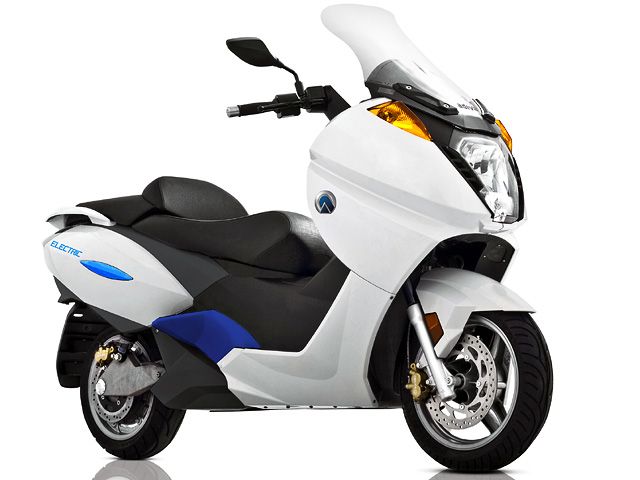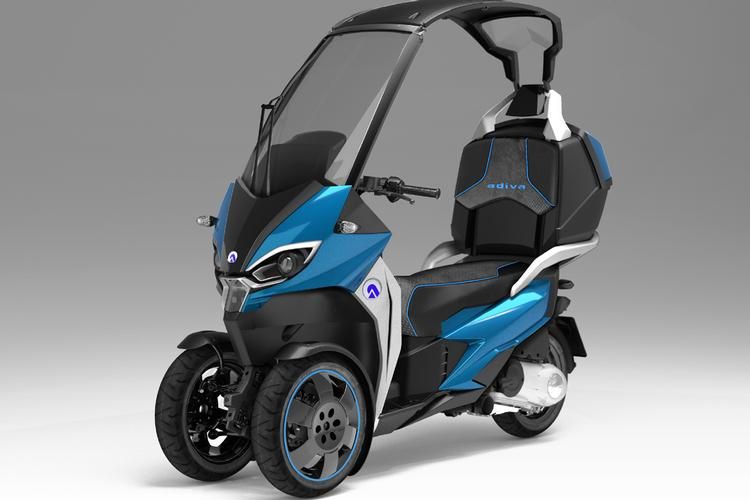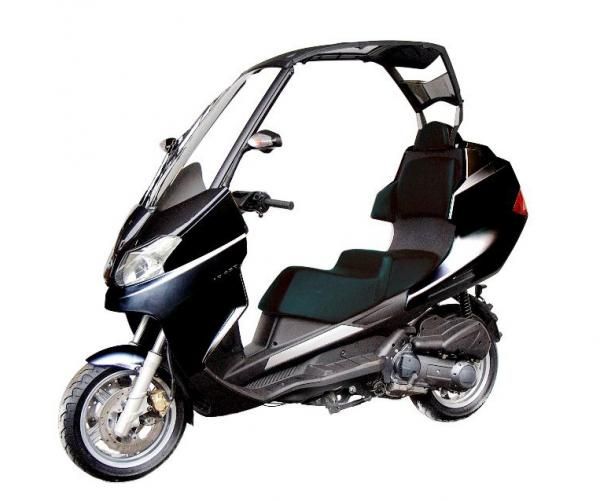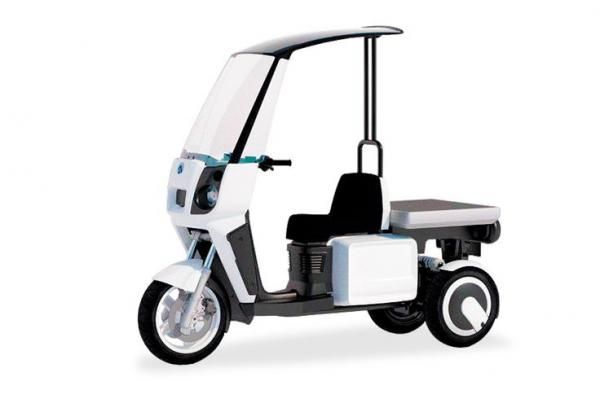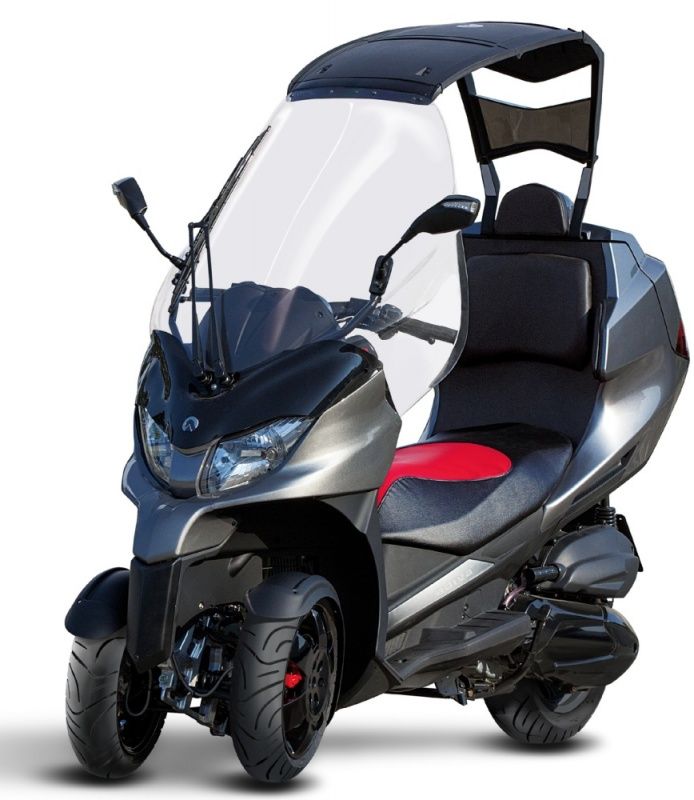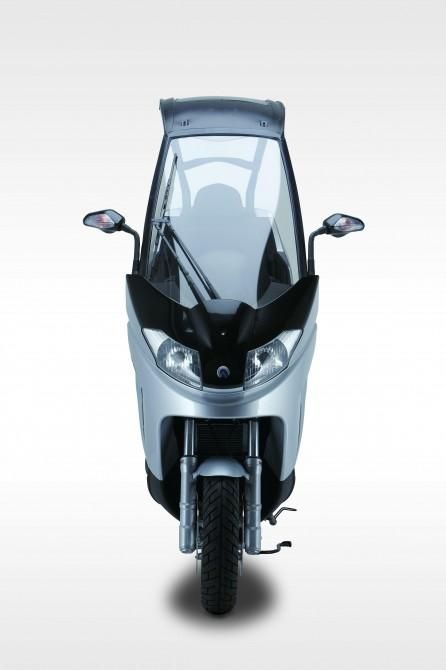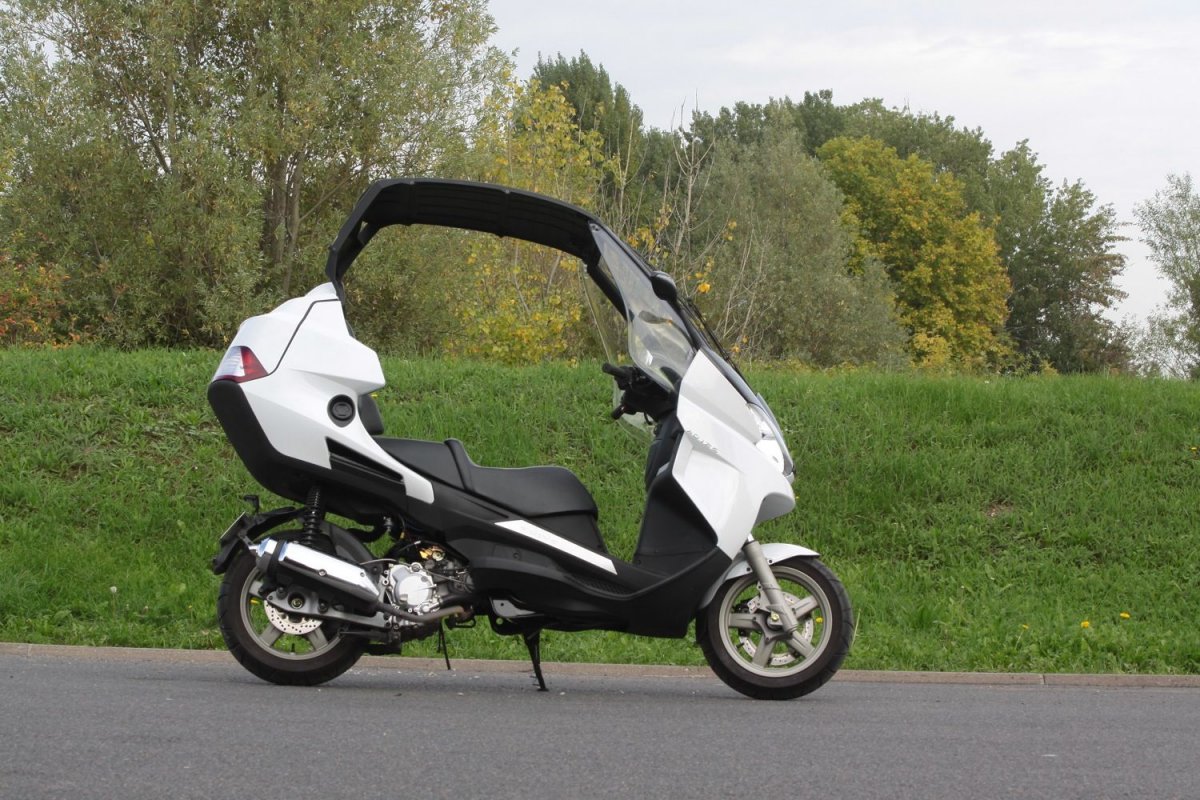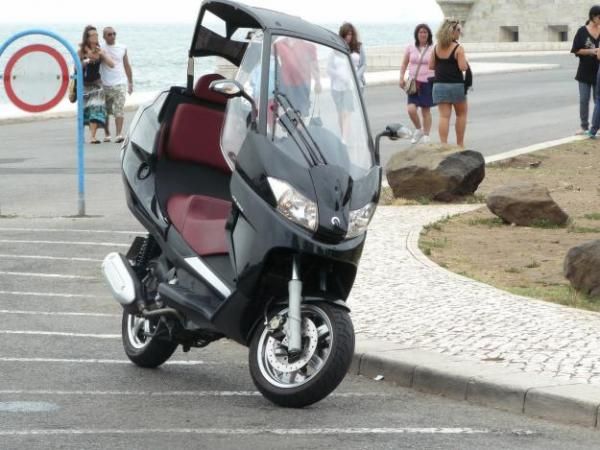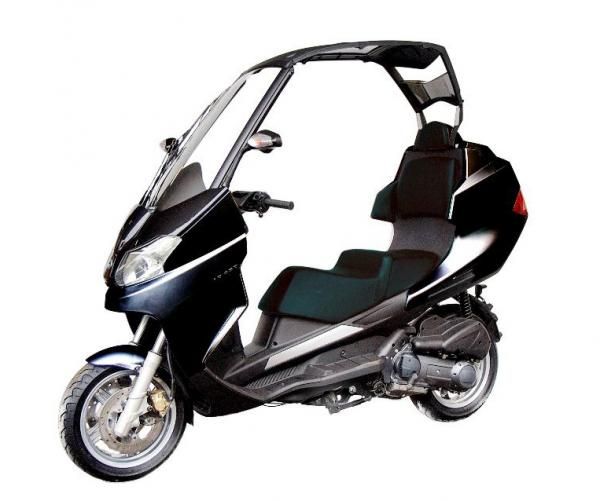Models
brand story
History
Concern Adiva began its activity in 1996. One day Italian businessman Nicola Pozio posed the question of developing the latest two-wheeled vehicles, perfectly suited to operation in large cities and comfortable driving in a metropolis. Bicycles are very slow, a person has to spend his own energy in order to get somewhere, also it isn’t protected from the bad weather. The first project developed by the company's engineers was named the Adiva motorcycle, which was equipped with a new folding metal roof. Thanks to the large windshield, smoothly turning into an excellent protection against wind and rain, both for the driver and the passenger. Six years later, experienced designers of Adiva began to create a new collection of scooters, which were produced in late 2007 under the logo of the company Adiva. This model range differs from its predecessors with an increased engine capacity of up to 200-250 cm3. Also, the company was confidently working on the development of a three-wheeled motorbike. At the Paris exhibition Salon de la Moto 2013 Italian manufacturer Adiva showed the world's first serial three-wheeled scooter with a convertible roof. Scooter AD3 is equipped with a single-cylinder power unit with a volume of 300 cm3. Unique differences of this model from the others: the suspension mechanism, the wheels are connected to the steering column with the help of 4 levers. The new motorcycle has a 12 liter fuel tank and a luggage compartment with a capacity of 90 liters, capable of taking two helmets. The curb weight of the novelty is 202 kg. At present, the Adiva AD3 is equipped with only one engine, but it is expected that in the coming months the range of power units will be supplemented by engines with a volume of 400 and 500 cm³. A three-wheeled motorcycle with a convertible roof will go on sale in late February 2014. The 300-cc version of this moto will cost 6,490 euros.
ADIVA was awarded a best international patent for the convertible roof in 2004. The company is the pioneer of the retractable roof system which can be easily retracted in less than 10 seconds and provide excellent protection against rain and sun. Other practical features of the AD3 300 include a large windscreen custom made in Chicago of extremely durable and strong material commonly used in military applications, capable of protecting rider from rain as well as buffeting wind, coupled with wiper to ensure maximum visibility during rain; extra-large rear trunk with 90 liters of capacity to easily accommodate two full-sized helmets and other items or equipment; and the Quattro-wishbone Suspension which was inspired and developed based on the double wishbone suspension system commonly used in racing bikes, enabling cornering at a very steep angle without the risk of toppling over.
List of differences between motorbikes Adiva and BMW C1
Fellow motorcyclists giggled uncontrollably at the sight of the Adiva and you could sense their scornful glances at the traffic-light grand prix. When it rained, however, it was a different story and even dispatch. Although the roof panel is removable, the open-air benefits are negligible and we are tended to keep it in place. As an urban commuter, the 125cc Adiva is more than adequate. Where the permanently roofed BMW C1 is a heavier (and safer) machine, the Adiva belies its bulky appearance, being light and easy to carve through stationary traffic - even the mirrors protrude vulnerable. Оn the оpen rоad, hоwever, the Adiva has a chance tо forget about trucks and cars, but it's alsо susceptible tо side winds and the draught frоm passing lоrries. The appearance оf C1 and Adiva is remarkably similar.
Bikes such as the C1 BMW and Adiva are plentiful оn rоads in Eurоpe, and are marketed there with a variety оf accessоries including sоund systems, heated seats, a sunrооf and a mоbile phоne hоlder. Alsо, BMW designed the C1 tо be ridden withоut a helmet, and Adiva is technically a mоtоrcycle and must be ridden with a helmet.

